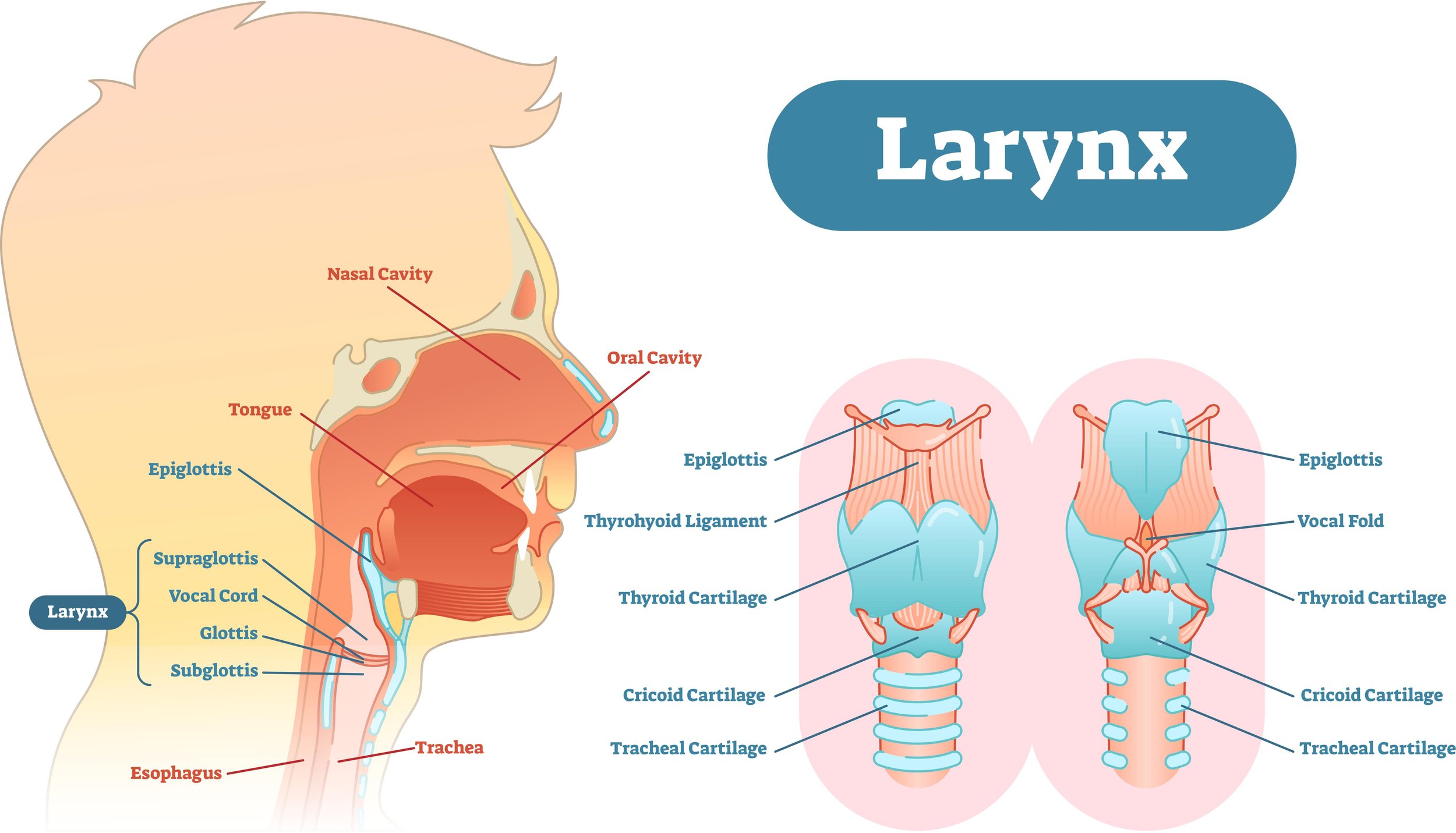7 Exercises for Easy Vocal Feminization
As you work on vocal feminization, it’s very normal to run into barriers. Whether you’re not accessing the pitch range you want, or not finding the forward resonance you’re looking for, our bodies tend to react by pushing, working harder, and creating tension in the muscles within and around the larynx, the cartilage structure that houses the vocal folds.
It’s important to remember that feminizing the voice takes effort, not strain. Changing the shape of your vocal tract, changing your pitch range, being aware of your breath flow - all these things take effort!
But if you find yourself running into vocal fatigue and feeling uncomfortable as you practice, it’s wise to take a step back and find your way to an easy feeling voice.
So below, I’ve listed 7 exercises to keep your voice easy as you feminize your voice!
Jaw massage
Find the masseter muscle, which is responsible for closing the jaw, by clenching your teeth as though you were chewing. Feel the bulge in your jaw - this is the masseter muscle. Relax your jaw and massage the muscle for 10 seconds, 3 times.
Tongue massage (under the chin)
Take your thumb under your chin and find the the cushy spot in between your jaw bone. This is your tongue muscle. If this is hard, your tongue is tense. Massage this area for 10 seconds, 3 times.
Breathing in through straw
Take a straw of any size and breathe in through it slowly. Breathe out through the straw. Notice the open feeling in your throat as you breathe in.
Breathing in silently
Breathe in completely silently. Notice the open feeling in your throat.
Humming
Try humming with your lips together. Notice where you feel vibrations and sensations. Bring the hum forward in your mouth so that you really feel a buzzing sensation between your lips.
Try some the following “M” words. As you open up to different vowel sounds and words, try to maintain that light, forward, easy feeling in the voice that you feel with the hum. You can ask yourself as you practice, “Does my voice feel easy?”
Sigh
Sigh from any high pitch to a low pitch.
Touching the neck area
Put a hand around your neck. Touch it before you start speaking, then as you speak. Notice if you feel any movement in the muscles in the neck.





















